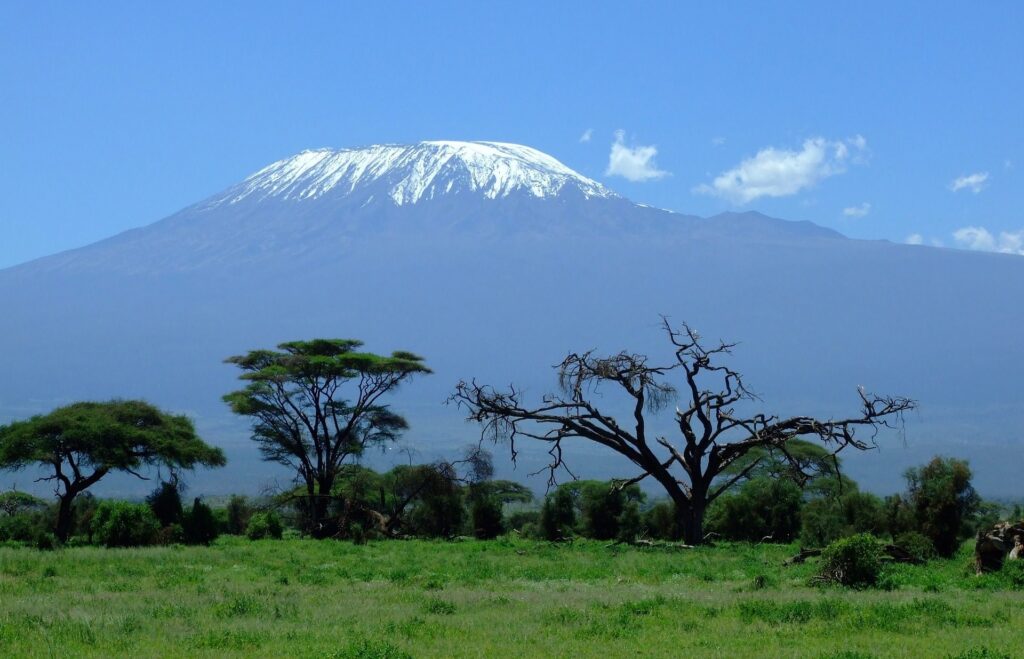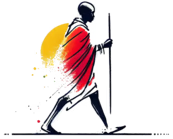Mount Kilimanjaro, standing majestically in Tanzania, is Africa’s highest peak and one of the world’s most sought-after climbing destinations. Its iconic snow-capped summit attracts thousands of adventurers annually. However, embarking on this journey requires thorough preparation and understanding of the challenges ahead.
Pre-Medical Checkup for Safe Mountain Climbing
Before embarking on a thrilling adventure of mountain climbing, ensuring your health and physical fitness is paramount. A pre-medical checkup acts as a crucial step to assess your readiness for the challenges ahead. In this article, we’ll delve into the essential aspects of pre-climbing medical evaluations and how they contribute to a successful and safe climbing experience.
Embarking on a mountain climbing expedition is not just about physical strength; it requires meticulous planning and consideration of various factors, including health. A pre-medical checkup serves as a preventive measure to identify any underlying health concerns that might pose risks during the climb.
Importance of Consultation with a Specialist
Consulting with a medical specialist before your climb is imperative. Specialists can provide personalized advice based on your age, overall health, and physical condition. They can assess how high altitudes might affect you and recommend suitable precautions or medications.
Consideration of Medications, Specifically Diamox
During your consultation, inquire about the use of medications such as Diamox. It’s essential to understand any potential interactions with your current medications. Discussing this beforehand can help avoid complications and ensure a safe climbing experience.
Health Conditions That Can Affect Climbing Ability
Various health conditions, including diabetes, high blood pressure, heart conditions, and previous injuries, can significantly impact your ability to climb safely. Addressing these concerns with your doctor allows for proper guidance and risk assessment.
Transparency with Guides About Health
Maintaining open communication with your guide regarding your health is vital. Guides are trained to recognize and manage altitude sickness symptoms but require accurate information about your health status to provide adequate support during the climb.
Essential Gear for Mountain Climbing
Equipping yourself with the right gear is essential for a successful climb. From proper clothing to sleeping arrangements, ensuring you have all necessary equipment enhances your comfort and safety throughout the journey.
Importance of Supportive Allies
Having supportive allies can greatly impact your morale during challenging moments. Surrounding yourself with positive individuals who can uplift and motivate you contributes to a more enjoyable climbing experience.
Physical and Mental Preparations for Climbing
Preparing both physically and mentally is crucial for conquering the mountain. Engaging in training routines and mental exercises, such as goal setting and visualization, enhances your chances of summiting successfully.
Choosing the Right Route for Climbing Kilimanjaro
Selecting the appropriate route is a critical decision that can influence your climbing experience. Understanding the advantages and disadvantages of each route, such as cost, scenery, and success rates, helps you make an informed choice.
Climbing Slowly for Acclimatization
Ascending slowly is key to acclimatizing to high altitudes effectively. The mantra “Pole Pole,” meaning “slowly slowly” in Swahili, emphasizes the importance of pacing yourself to minimize the risk of altitude sickness.
Hydration and Preventing Altitude Sickness
Staying hydrated is essential for preventing altitude sickness. Carrying an adequate supply of water and hydration salts ensures you maintain proper hydration levels, reducing the likelihood of altitude-related complications.
Maintaining Morale Through Singing and Laughter
Maintaining a positive mindset is essential during challenging climbs. Singing, laughing, and enjoying the journey not only boost morale but also release endorphins, helping alleviate stress and fatigue.
Preparing for Unexpected Weather Conditions
Mountain weather can be unpredictable, requiring climbers to be prepared for any scenario. Researching weather patterns and packing accordingly ensures you’re equipped to handle changing conditions effectively.
Overview of Different Routes to Kilimanjaro Summit
Kilimanjaro, Africa’s tallest peak, attracts adventurers from around the globe seeking to conquer its majestic summit. With its snow-capped peak rising above the African plains, Kilimanjaro offers a once-in-a-lifetime experience for trekkers and climbers. However, choosing the right route is crucial for a successful and enjoyable ascent. In this guide, we’ll explore the various routes to Kilimanjaro’s summit, highlighting their features, challenges, and unique characteristics.
Machame Route
Known as the “Whiskey Route,” Machame is one of the most popular routes to Kilimanjaro’s summit. It offers breathtaking scenery, diverse landscapes, and a challenging climb. The route typically takes around 6 to 7 days to complete, allowing for proper acclimatization. However, its popularity means it can get crowded during peak seasons.
Marangu Route
Marangu Route Often referred to as the “Coca-Cola Route,” Marangu is the oldest and most established route on Kilimanjaro. It’s known for its comfortable hut accommodations, making it a favorite among less experienced climbers. However, its popularity also means it’s often congested, and the ascent can feel rushed compared to other routes.
Lemosho Route
The Lemosho Route is renowned for its scenic beauty and low traffic, making it a popular choice for those seeking a quieter trek. It offers panoramic views of Kilimanjaro’s western slopes and traverses diverse terrain, from lush rainforests to alpine deserts. Although it’s considered one of the most scenic routes, it’s also one of the longer and more challenging options.
Rongai Route
The Rongai Route approaches Kilimanjaro from the north, offering a different perspective of the mountain. It’s known for its relatively gentle slopes and diverse landscapes, including moorlands and alpine desert. The route is less crowded than others, providing a more serene trekking experience.
Northern Circuit Route
The Northern Circuit Route is the longest route to Kilimanjaro’s summit, typically taking around 9 days to complete. It offers unparalleled panoramic views and maximum acclimatization opportunities. The route traverses the northern slopes of Kilimanjaro, passing through remote and less-visited areas.
Umbwe Route
The Umbwe Route is one of the shortest and steepest routes to Kilimanjaro’s summit, making it suitable for experienced climbers seeking a challenge. It ascends quickly through dense forest, offering little time for acclimatization. However, its rugged terrain and solitude appeal to those craving an adventurous trek.
Shira Route
The Shira Route approaches Kilimanjaro from the west, offering stunning views of the Shira Plateau and rugged landscapes. It’s known for its relatively low traffic and diverse scenery, including moorlands and volcanic rock formations. The route merges with the Lemosho Route on the second day of the trek.
Simplifying Information on Kilimanjaro Routes
Choosing the right route can be daunting with numerous options available. Simplifying information on each route, highlighting key features and recommendations, facilitates decision-making for aspiring climbers.
Conclusion
Embarking on a mountain climbing expedition is an exhilarating endeavor that requires careful preparation and consideration of various factors, including health, gear, and route selection. By prioritizing pre-medical checkups and adhering to essential guidelines, climbers can ensure a safe and enjoyable experience amidst nature’s breathtaking landscapes.



